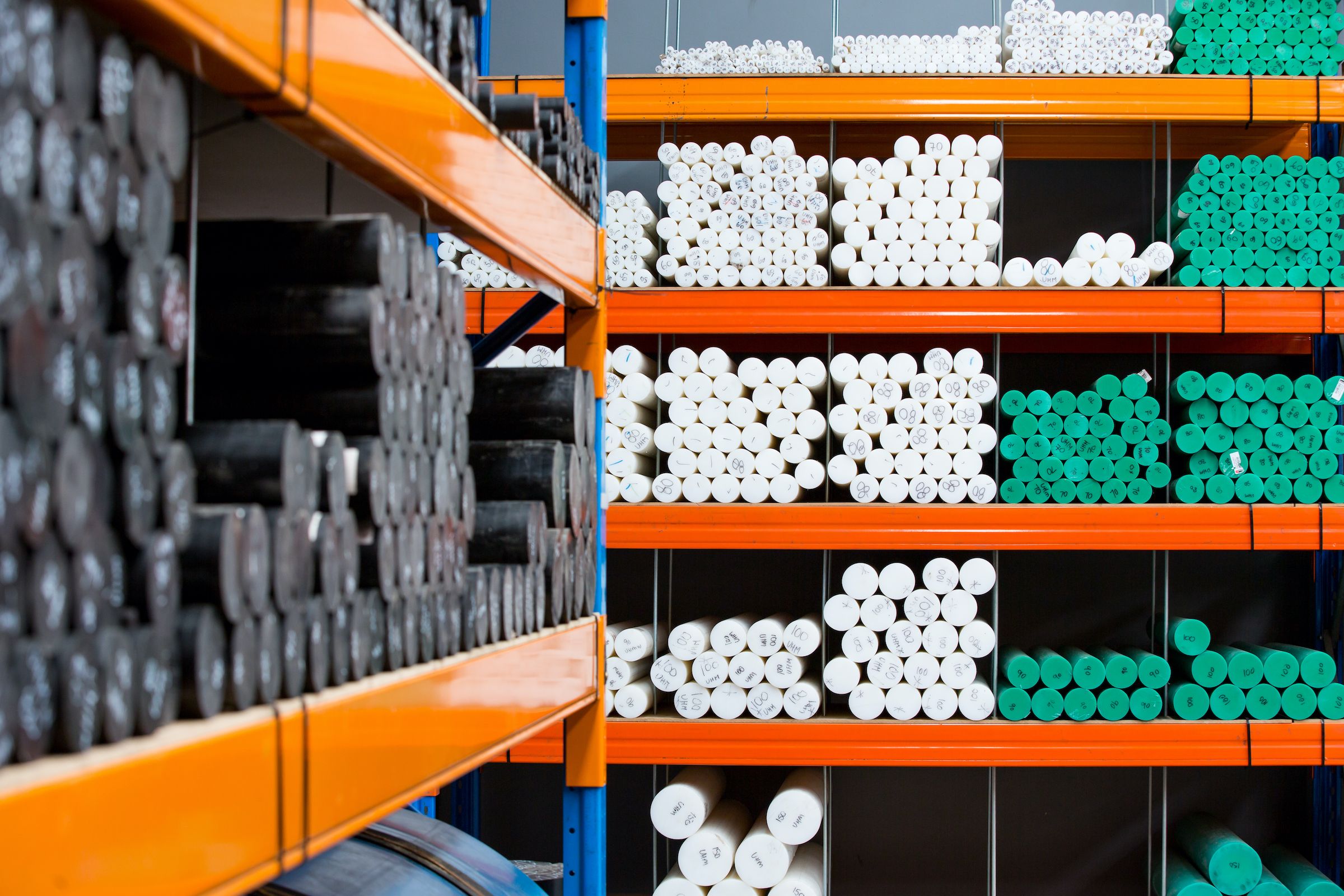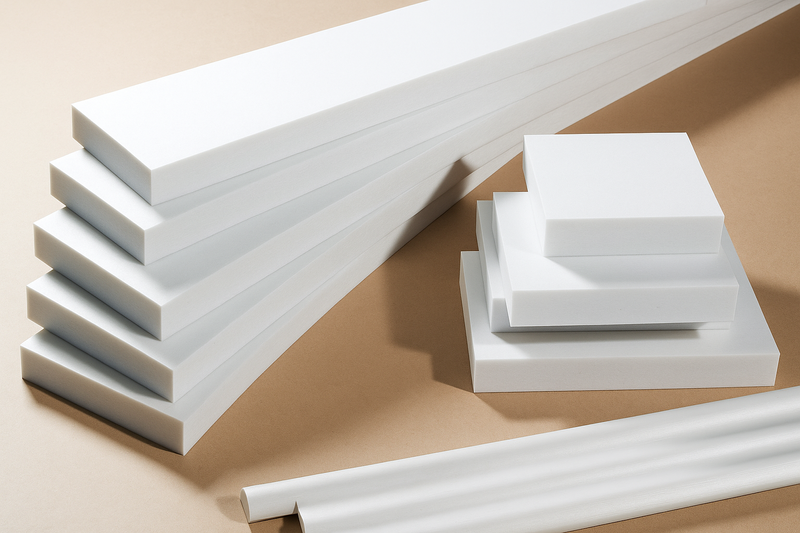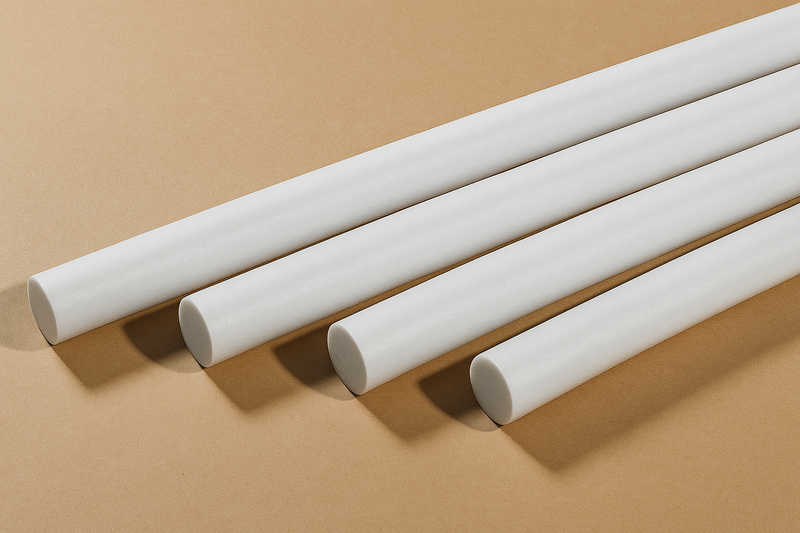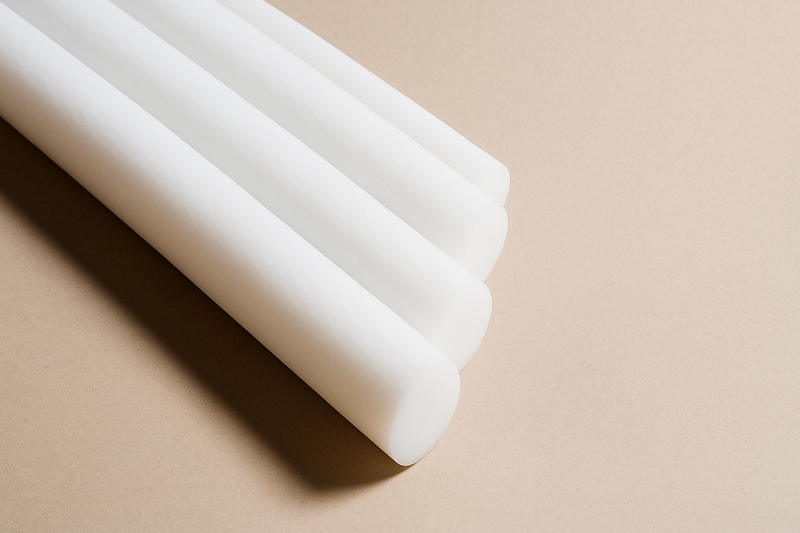At a glance
- Molecular weight impacts the strength, flexibility, and durability of plastics.
- Plastics with lighter polymers give us the advantage of simplistic processing and save money, yet the more weighty ones come with resilience and the ability to withstand environmental and chemical duress.
- Picking the right molecular size is like getting a custom fit, ranging from feather-light packaging films to hardy automotive and medical parts.
Engineering plastics are super handy materials. Hence, they're used in various industries, from automotive to aerospace, even in medical gear. Because they're strong and flexible, they last longer than their counterparts.
A big part behind these incredible properties is “Molecular Weight.”
So, what's molecular weight? How does it affect plastic performance? And why's it important for engineering plans?
What is Molecular Weight in Polymers?
Think of a chain of polymer as a bead necklace, with each bead embodying a molecule. This necklace's length is the molecular weight; it adds up the atomic weights of all atoms in the chain.
The twist is -that not every plastic necklace is the same size. This is where the number-average molecular weight (Mn) and the weight-average mmolecularweight (Mw) step in.
- Mn is just an average of all polymer necklace lengths in a sample.
- Mw, however, gives more focus to longer necklaces, so it mirrors the mass distribution more accurately.
The connection of these two measurements is known as the polydispersity index (PDI). It shows the regularity of the polymer necklaces' size.
A lower PDI suggests more regular-sized necklaces —a quality many crave. Why bother about this? Because molecular weight steers the physical behaviours of plastics.
Whether you require plastic that's lightweight and flexible or strong and heat-proof, molecular weight is often the key deciding element.
The Impact of Molecular Weight on Plastic Performance
Mechanical Properties
The size of molecules plays a key role in the strength of plastic. Think of it like a tug-of-war—tensile strength is how much pull a material can take before it snaps. Bigger molecules in plastics mean longer chains.
These chains create stronger bonds and better stress distribution. Take ultra-high molecule weight polyethylene (UHMWPE) as an example. It's got such long molecular chains that it's extremely strong and can withstand heavy blows.
That's why we use it for things like bullet-proof vests and heavy-duty conveyor belts.
Molecular size also impacts how well plastic holds up under repeated use, known as fatigue resistance.
Plastics with bigger molecules, like polystyrene, don't get tired as quickly. This is because their tangled molecular chains slow down the propagation of cracks.
Processing Characteristics
How a polymer weighs influences its flow during processing.
Lighter polymers, like some types of polycarbonate, flow better(lower viscosities), so, they're easier to put into moulds for thin-walled applications. But, they might not be tough enough for some tasks.
Conversely, heavyweight polymers perform well but are tougher to shape due to their higher viscosity and slow flow rate.
Injecting these materials into moulds needs higher temperatures and pressures, bumping up the production cost.
So, picking the right polymer weight involves balancing ease of manufacturing and ultimate performance.
Environmental and Chemical Resistance
Plastic's sturdiness depends on its molecular weight, facing elements like environmental stress and chemical exposure.
PEEK (polyether ether ketone) is a high-grade plastic with lots of molecular weight. It resists chemicals, high temperatures, and even radiation.
Additionally, their strong chains of molecules are difficult to break. So, these plastics work great in demanding settings like inside aeroplanes or in medical implants.
On the flip side, plastics with less molecular weight don't do as well under these same conditions. That is unless we add additives or reinforcements to boost their traits.
Practical Applications and Selection Considerations
Let's take a look at a few real examples demonstrating why knowing a plastic's molecular weight is so essential:
Thin-Walled Consumer Electronics
When it comes to items like electronic covers, companies prefer plastics with a lower molecular weight.
These plastics fill detailed moulds effortlessly, creating crisp edges and sleek finishes. They also help speed up the manufacturing process.
Automotive Components
Parts that face high-stress conditions, like gears or bushings that resist wear, require plastics with a high molecular weight. These offer the needed durability and resistance to impacts.
A common choice is UHMWPE, picked for its energy soaking capability and low friction properties.
Medical Devices
High-quality materials like UHMWPE are widely used in medical devices. These are unique because their structures are similar to biocompatible and resistant to wear.
This allows for easy compatibility and durability, which are significant factors when it comes to joint replacement and surgical implants.
Such features ensure they can last a long time, even when used repeatedly.
Packaging Films
On the other hand, we have flexible packaging films. These materials are made up of low-weight polymers and are highly advantageous. They can be easily stretched out and are quite flexible, thus making them cost-effective. Among other characteristics, their performance is acceptable and particularly handy for disposable applications.
Selecting a polymer involves many factors, not only its performance.
Engineers must gauge whether the chosen material’s molecular weight aligns with the required processing limits and the end-user requirements.
Striking the Balance
Plastic's performance hinges on molecular weight, a quiet but vital factor. It affects everything—from tensile strength too fatigue-resistant to how easily it can be processed and how long it can resist chemicals.
The importance of this factor in choosing polymers cannot be overstated.
Consider making lightweight car parts or creating resilient plastics for medical use - the molecular weight plays a deciding role.
By getting a grasp of this concept and finding a sound balance, industries can hit the mark on both productivity and superior performance.
Here at ePol, we're all about innovation in materials and engineering excellence. Do you have a project with plastics at its core?
Contact us for customised solutions through our online platform. With the right knowledge, you can not only achieve your engineering goals, but even go beyond them!








